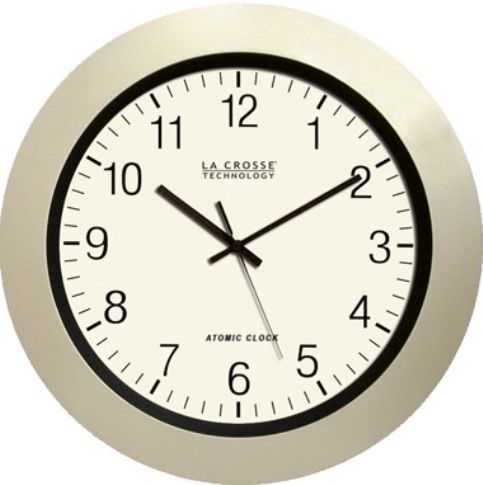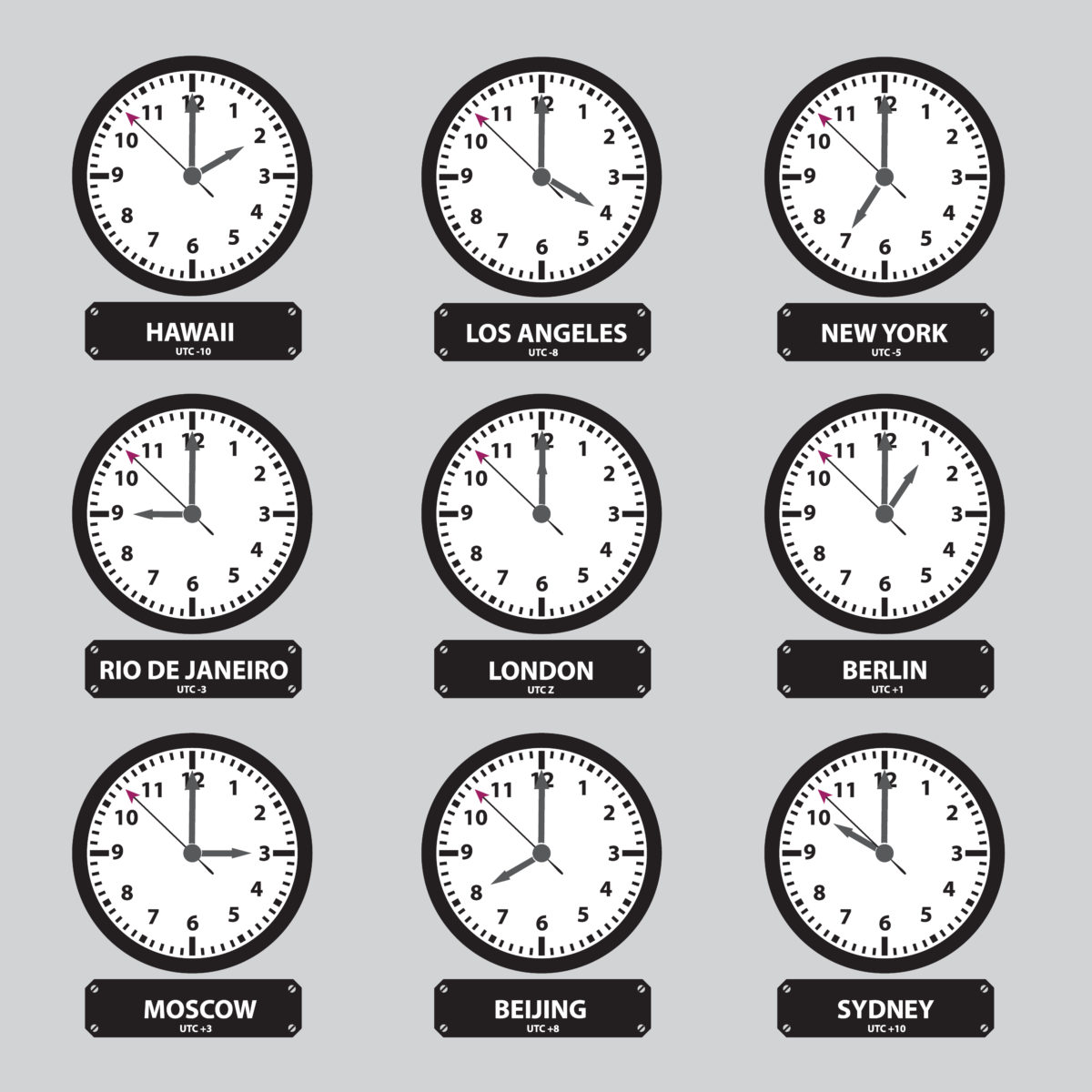

Today, the Doomsday Clock is located at the Bulletin offices in the Keller Center, home to the University of Chicago Harris School of Public Policy. Two years later, in 1947, artist and Bulletin member Martyl Langsdorf created the iconic Doomsday Clock to signal how close humanity was to self-destruction. The Bulletin of the Atomic Scientists was created by a group of concerned Manhattan Project scientists, many based at the University of Chicago, shortly after the atomic bombings of Hiroshima and Nagasaki. The Bulletin also cited a lack of action globally to curb carbon dioxide emissions and multiple climate disasters around the world, including devastating floods in Pakistan and extreme temperatures in many countries that led to drought conditions and food insecurity. The statement noted that the last remaining nuclear weapons treaty between Russia and the United States, called New START, stands in jeopardy as negotiations have been disrupted by the military action in Ukraine. The possibility that the conflict could spin out of anyone’s control remains high,” wrote the Bulletin in its statement. “Russia’s thinly veiled threats to use nuclear weapons remind the world that escalation of the conflict-by accident, intention or miscalculation-is a terrible risk. Previously, the closest the clock had been to midnight was in 2020 when the Bulletin set the hands of the clock at 100 seconds to midnight, moving it forward from two minutes. We all need to take action to move us away from the brink, and turn back the Clock." "Between a potential nuclear war over Ukraine, accelerating climate catastrophes, and democracies worldwide under siege, we believe that civilization is in unprecedented danger. Daniel Holz, who co-chairs the board that sets the clock time every year. "This is the closest the Doomsday Clock has ever been to midnight," said University of Chicago Prof. Over the past 76 years, the hands of the clock have moved both backward and forward, according to whether steps were taken to address potentially civilization-ending threats, including climate change and nuclear war. “It’s a decision our experts do not take lightly.”įounded by a group of scientists in Chicago in the wake of the atomic bombs dropped on Japan, the Bulletin meets every year to determine how much metaphorical time we have to avert catastrophe for humankind.

“We are living in a time of unprecedented danger, and the Doomsday Clock time reflects that reality,” said Rachel Bronson, president of the Bulletin of the Atomic Scientists. In making the unprecedented move, the Bulletin cited nuclear threats from Russian president Vladimir Putin over the war in Ukraine, as well as global carbon dioxide emissions hitting another record high, the risk of biological threats and global disinformation. 24 that the hands of the Doomsday Clock moved to 90 seconds to midnight-the closest it has ever been to apocalypse in the three-quarters of a century the Clock has been set. The Bulletin of the Atomic Scientists announced on Jan.


 0 kommentar(er)
0 kommentar(er)
